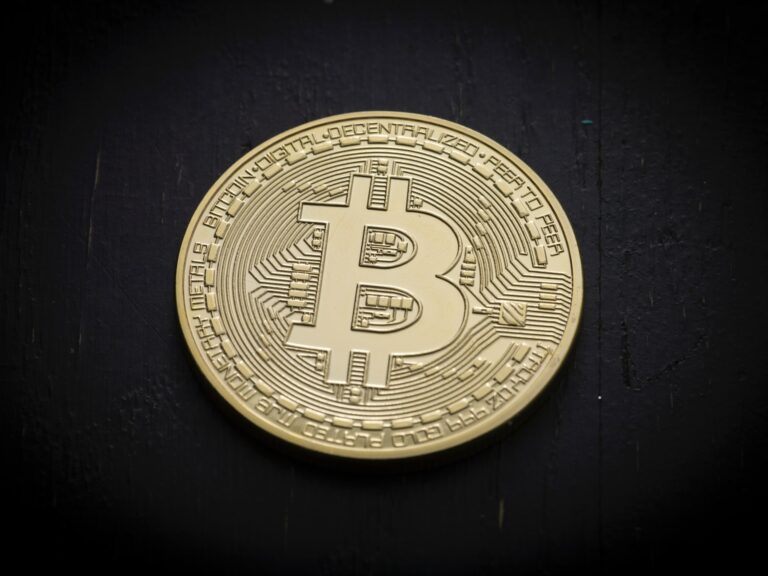In a recent analysis shared on social media platform X, crypto analyst Will Clemente III dives into the macroeconomic forces shaping the landscape for Bitcoin as a steadfast form of hard money and cryptocurrencies as a dynamic, high-risk asset class. His examination of the United States’ economic trajectory provides a compelling argument for the inevitable debasement of the US dollar, highlighting the strategic position of digital assets in this unfolding scenario.
Let’s break down his insights step by step to understand the underlying concepts and their implications.
Hard money is characterized by its durability, scarcity, and the ability not to be easily debased or devalued. Bitcoin is considered hard money because it has a fixed supply cap of 21 million coins, ensuring scarcity. Its decentralized nature prevents any single entity from inflating the supply, contrasting with fiat currencies that central banks can print in unlimited quantities. This makes Bitcoin an attractive store of value in times of inflation or currency debasement.
The Debt-to-GDP ratio measures a country’s debt compared to its economic output, providing insight into its ability to pay back debts. A rising Debt-to-GDP ratio, alongside a growing budget deficit (where government expenditures surpass revenue), signals increasing national debt and potential challenges in managing this debt sustainably. These metrics are crucial as they reflect the financial health and stability of an economy.
US Treasuries are government bonds that finance federal spending, traditionally seen as safe investments. Clemente points out the decline in foreign ownership of these treasuries, possibly due to geopolitical tensions, such as those between the US and China.
Quantitative Tightening (QT) refers to the Federal Reserve’s policy of selling off assets from its balance sheet to reduce the money supply, aiming to control inflation. This policy can lead to higher interest rates, making debt servicing more expensive and potentially slowing economic growth.
As the interest payments on national debt consume a larger portion of the GDP, this indicates that a significant amount of government revenue is being used not for public services or investment but for servicing debt. This scenario can limit a country’s economic growth and flexibility in fiscal policy.
Given these factors, Clemente concludes that debasing the currency or reducing its value by increasing the money supply appears to be the most feasible path forward for the US. This approach can make existing debt more manageable in nominal terms but risks inflation and the erosion of purchasing power. In this context, Bitcoin’s appeal as hard money grows, offering a hedge against the potential devaluation of fiat currencies.
Richard X. Bove, a renowned financial analyst with a career spanning over fifty years, recently voiced a bold prediction regarding the U.S. dollar’s status.
In a New York Times article by Rob Copeland, dated January 27, Bove, following his announcement to retire, offered a grim forecast for the U.S. economy and the banking sector from his home office near Tampa. He made the profound statement that “the dollar is finished as the world’s reserve currency,” suggesting that China is on the brink of surpassing the U.S. economy. This perspective sets him apart from his contemporaries, whom he criticizes for their hesitancy to question the established financial system.
The New York Times piece highlights Bove’s extensive experience monitoring the banking industry, including pivotal moments like the savings and loan crisis and the events leading up to the 2008 financial meltdown. Recently, his viewpoint has shifted, particularly in light of the regional banking crisis last spring. Bove identifies the outsourcing of American manufacturing as a critical risk to both the financial sector and the dollar’s dominance, positing that it transfers economic power to regions that produce goods, thereby reshaping the global economic landscape.
Featured Image via Unsplash









